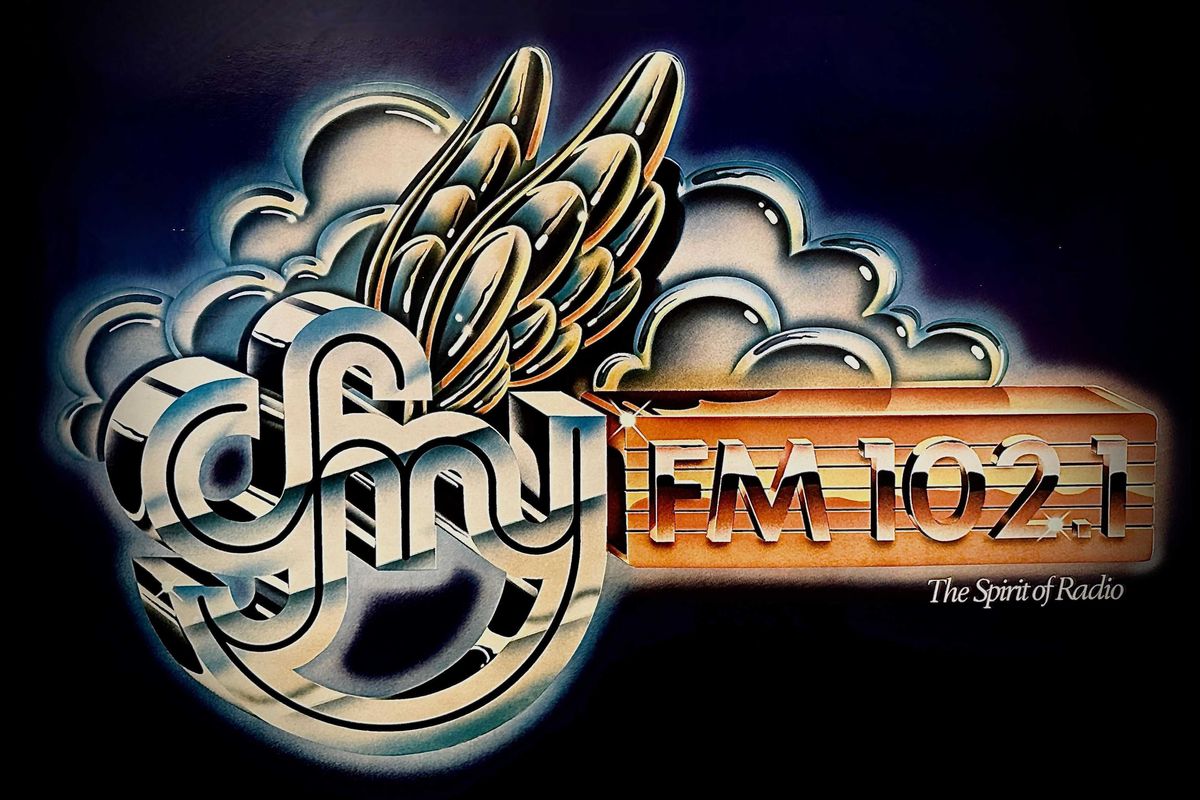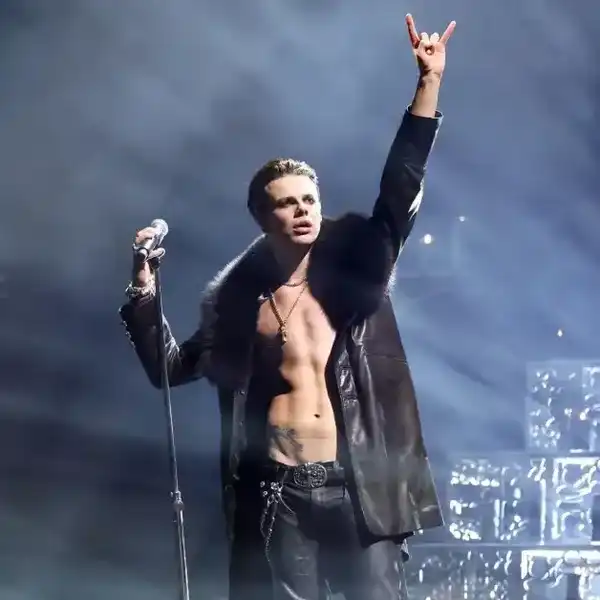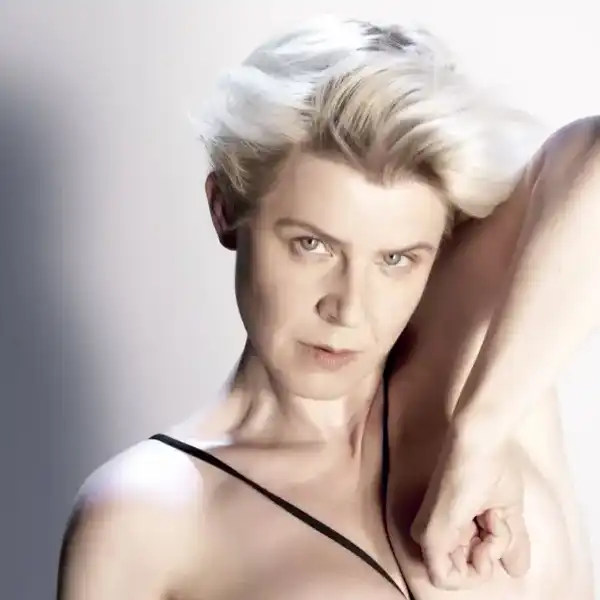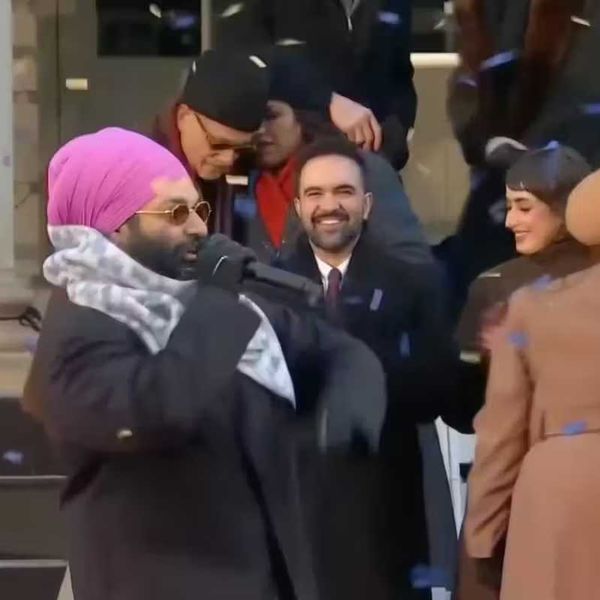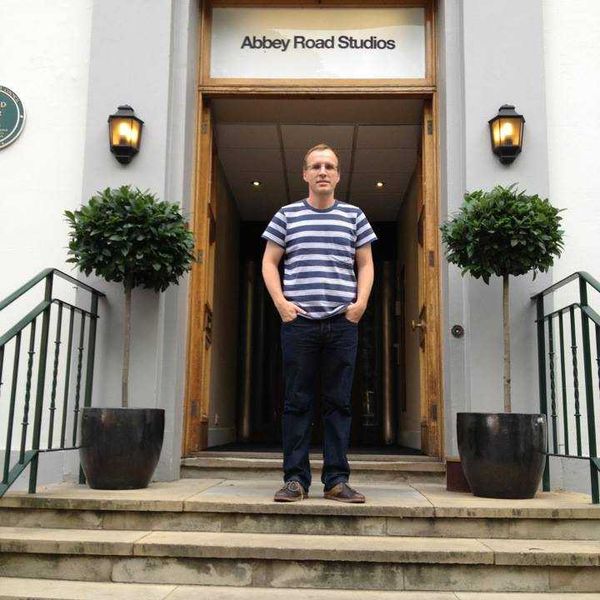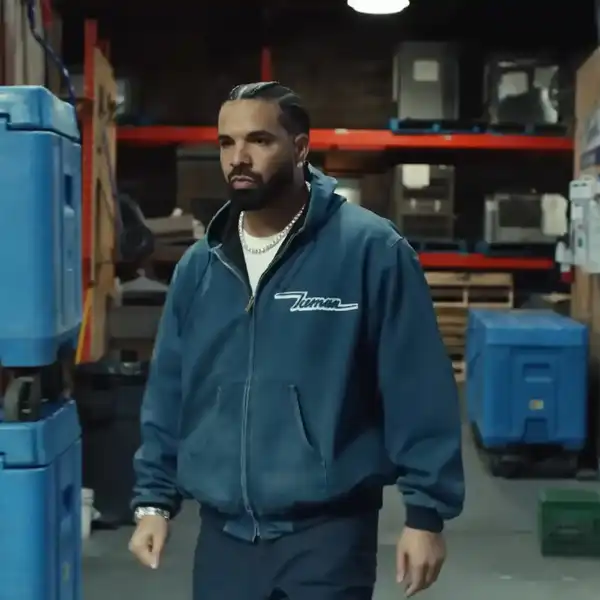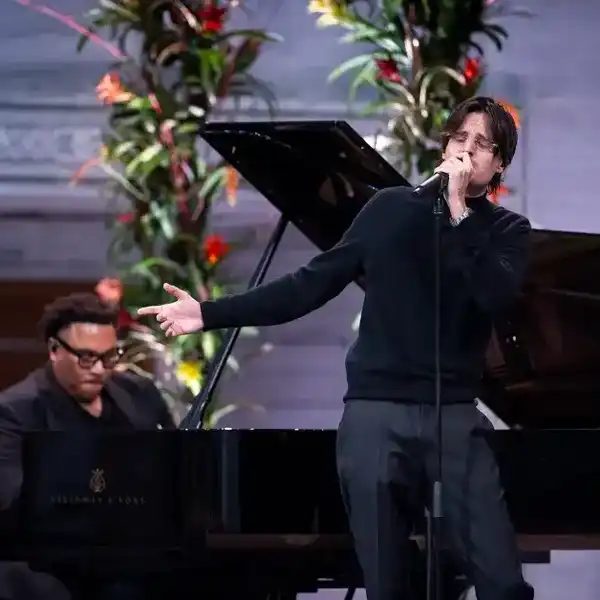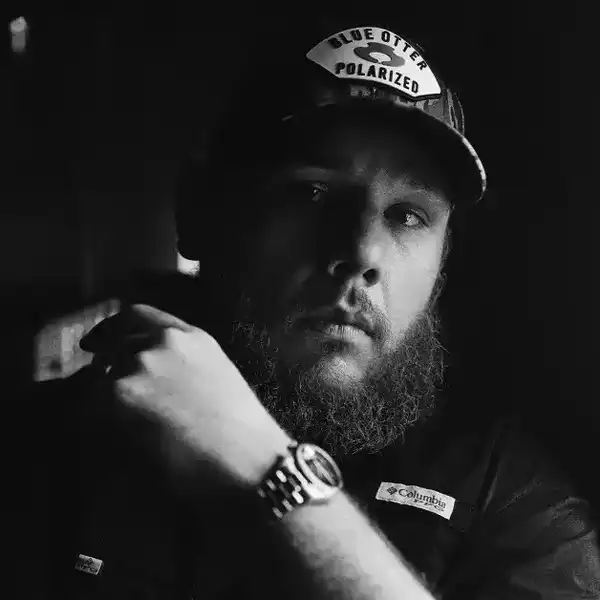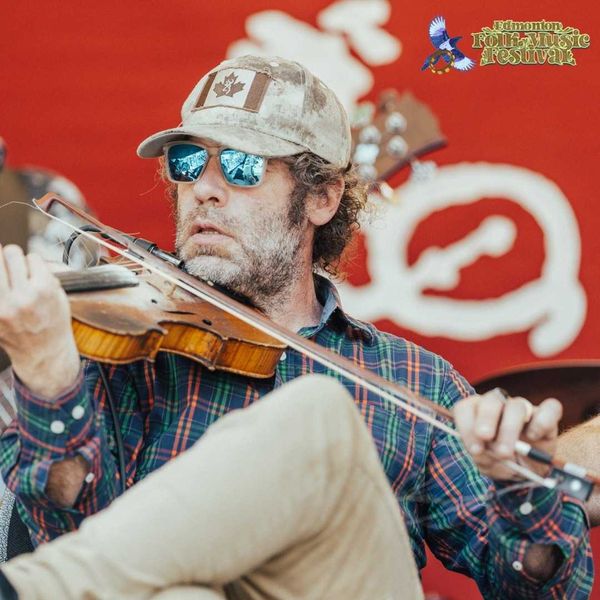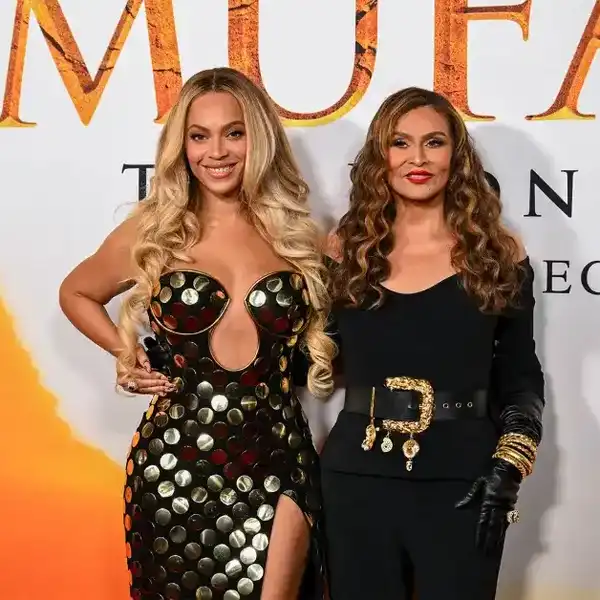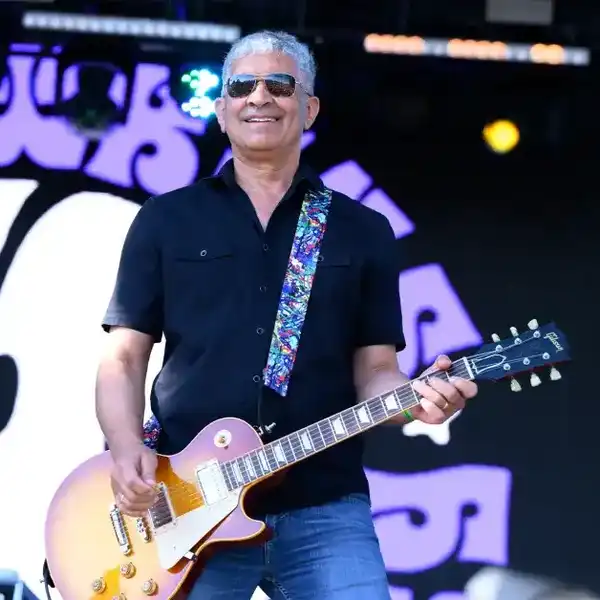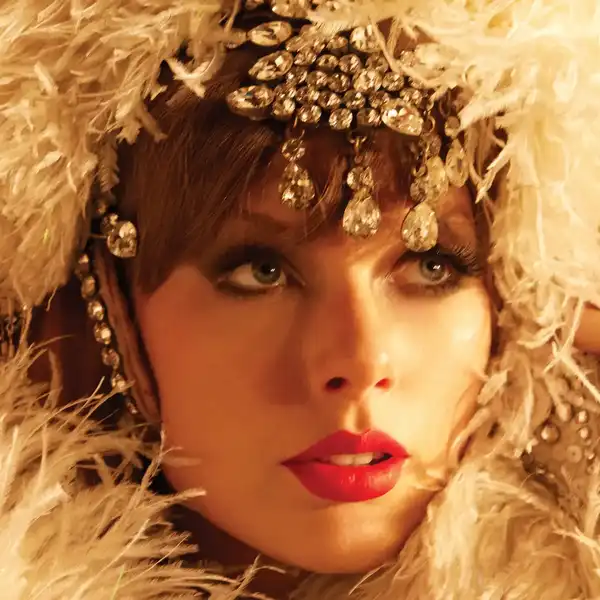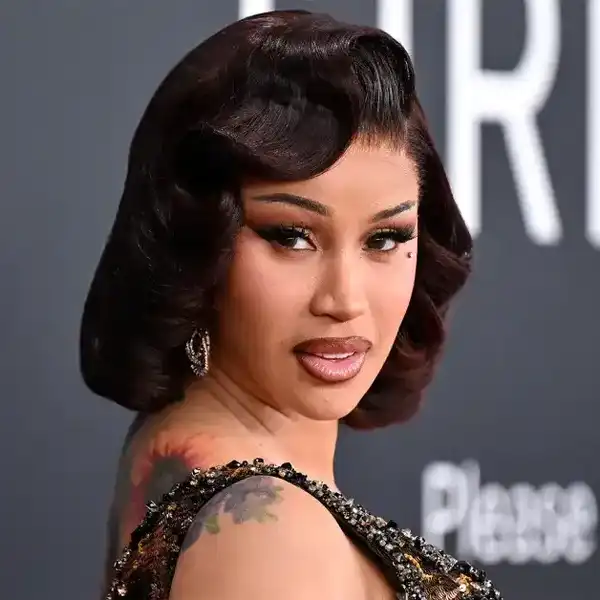A Conversation With Kevin Shea
It was a good twenty-five years ago when walking through the lower concourse in Union Station, I came upon a Giant Book sale.
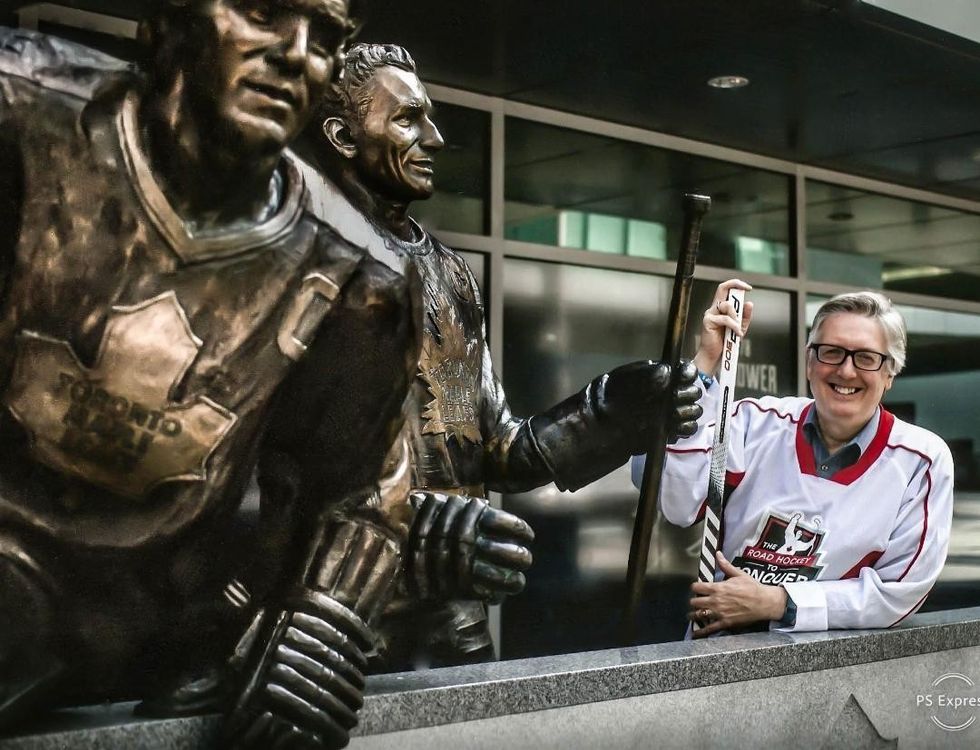
By Bill King
It was a good twenty-five years ago when walking through the lower concourse in Union Station, I came upon a Giant Book sale. Long before ‘pop-up’ stores, this kind of ambush like table store display of photography, children's books and fine reads would catch people in motion and occasionally offer a book more noted for its cover than contents. I happen to capture volume two of playwright Neil Simon’s autobiography (Memoirs) - one gripping read that got me thinking about the discipline it takes to be a writer and how that writing day is scheduled.
Over the holidays, I spent a few hours quizzing the great author John Irving (Cider House Rules, The World According to Garp) about writing; in fact, I think he had had enough of my probing and dragged his weary body from table to street leaving my final question dangling above the other house guests. Writers will mostly offer a surface glimpse into their personal hell and then clam up. That hell being – long lonely hours spent in seclusion as an animated world rotates and spins to a different beat without them.
I’ve got to hang with some fine authors: Eliza Clark, Barbara Gowdy, Tony Nardi, Ian Adams, Brian Fawcett, John Lornic – all with a particular skillset way above my pay grade. All brought the same mad passion and dedication to whatever they penned. I thought about my long time smiling friend and sports writer Kevin Shea, who spreads broad light on any subject or room he enters, and his love of Canada’s game and Toronto’s massive heartache - hockey. We talk!
Bill King: I’m trying to connect the Kevin Shea I knew as VP of promotion and publicity at MCA with Kevin Shea sports author. Which came first – music or sports?
Kevin Shea: Both hockey and music, and I’ll add radio, were early passions. I believe that a passion for hockey is often generational, so as my Dad loved the Toronto Maple Leafs from listening to Hockey Night in Canada as a toddler, I loved the Maple Leafs as I adored my father. We had music around the house — Hank Williams, Connie Francis, Louis Jordan — but I didn’t pay a lot of attention. In fact, in Grade 8, I was mortified that I was the only kid in French class that could not name the French versions of English hits like ‘Lundi, Lundi’! That summer, a transistor radio was glued to my ear, listening to CKLW, the big Top 40 radio station in Windsor. I soaked it up like a sponge. I became an ardent student, learning the nuances of Top 40 Radio and all the songs they played, and collecting the singles obsessively. And that led to learning what came before, and a collection of 45s that ultimately numbered 10,000; virtually all the Top 40 hits from 1956 to 1990.
B.K: What was your first gig in the music business?
K.S: During university, I worked at the local radio station (CKWW) in Windsor, which paid for my education and further fuelled my passion for radio and music. After graduating, I began my travels: radio stations in North Bay, back to Windsor, achieving my dream by working at CKLW, on to Montreal and Ottawa. When the station in Ottawa was discussing a format change to Music of Your Life, Kathy Hahn, my record rep, informed me of a job doing Ontario promotion with RCA. I interviewed and got the job.
B.K: Were you a frustrated musician or an audiophile in pursuit of the times?
K.S: I was a terrible French horn player in Grade 7 and an even worse trumpet player in high school. I enjoyed it but knew it was definitely not going to be a career for me. I played drums in a band called Hero and the Zeroes during university, just for fun, and got some gigs playing covers.
B.K: Born and raised?
Born and raised in Windsor, Ontario.
B.K: Where did you attend school, and in what neighbourhood?
I went to school in a suburb of Windsor called Riverside, and that helped form me into who I am - safe little Riverside in the shadow of Detroit, absorbing the influences of our much larger neighbour — media, concerts, sports, gastronomy. I attended the University of Windsor and graduated with a degree in Communication Studies and English.
B.K: Did you roar with your pals?
I had a large circle of friends and was pretty popular because, without planning it, I fell into each of the jock, music, and nerd camps. I was on the student council all through high school and an executive in Junior Achievement. I wanted to be a hockey player, so I never drank or did drugs but was still the life of the party (and designated driver).
B.K: Leafs games?
Every year, I asked Santa (and later, my parents) for tickets to a Leafs game. But in Windsor, that meant a train trip to Toronto and a hotel, as well as tickets, which were impossible to get. So I saw the occasional Red Wings game at the Olympia in Detroit. But when I ended up in Toronto, I dated a girl named Maureen Ballantyne from Virgin Records. One year, there were two Leaf tickets in my Christmas stocking! I went out of my mind! "This is amazing!! Where did you get these?!?" She just shrugged and said, "I walked up to the box office and said I wanted to buy two tickets." Right place, right time.
B.K: Which acts did you have a hand in their success?
K.S: I was at RCA/BMG for four years and felt I contributed significantly to Parachute Club, M+M and John Farnham; enjoyed the launch and immediate success of Whitney Houston and toured extensively with Mr. Mister during their heyday. I was at WEA Music Canada - started as Ontario promotion rep and moved in to become Manager of Promotion, Domestic and International Artists, for three years. I am proud of my role in assisting with Blue Rodeo, Crash Vegas, Honeymoon Suite, Brighton Rock, and Enya. I moved over to MCA Canada as Director of Promotions and contributed to breaking Nirvana in Canada and helping The Tragically Hip's Road Apples become the band's first number one album. At Attic, where I was VP of Promotion and Publicity, I worked 'Weird Al' Yankovic like a maniac, and created the Contact series (songs you'd hear at a hockey arena) that led me to the Hockey Hall of Fame.
B.K: MCA had some grand years and significant hits. What were a couple of your most fascinating PR tours?
MCA was wild. I joined at the same time as the label picked up Geffen for distribution, so we worked and toured Guns 'n' Roses (not a lot of touring but an unusual PR schedule), Don Henley (not a lot of touring or PR opportunities) and Aerosmith (exciting and interesting PR tour), among others. I took Aerosmith to see an Aerosmith tribute band called Toys in the Attic. That was a scream! But other acts that were fun (or interesting) with great promo tours were Nirvana (I dressed in a diaper to help them get airplay in Montreal when no one would look at ‘Smells Like Teen Spirit’) and The Tragically Hip (fun and exciting). It was a great time.
At Attic, it was an entirely different scenario, but I was joined at the hip with 'Weird Al' Yankovic -- the hardest-working artist I ever dealt with. Delightful, too. Jennifer Warnes was a sweetheart, but her promo tour rider was 34 pages in length and had me jumping through hoops. Her manager was a former biker named 'Buddha,' so who was I to argue?
B.K: How did you evolve and become a sports writer?
K.S: I had grown up loving sports and, in particular, the Maple Leafs. When I was at Attic, I suggested a compilation of songs that you'd hear at a hockey arena, and decided to call it 'Contact.' I needed to license a photograph for the front cover, so I went to the Hockey Hall of Fame to find a great picture of a bodycheck. The guys there liked that I knew a lot about hockey and its heritage and asked if I wanted to volunteer, so as Attic had summer hours on Friday, closing the shop at 1:00, I'd hightail it over to The Hall to volunteer. That opened that door.
All the while, I was hanging out with my dear friends Kim Cooke and Steve Waxman. At Christmas 1999, while exchanging gifts, they gave me a large box. Inside were pads of paper, pens, floppy disks, and a book called Writing for Dummies. They said, "Every time we get together, you tell us these great hockey stories. This year, you're going to write a book." I had never thought of it. I subsequently put together a proposal and sent it off to publishers. No one wanted it, but Fenn Publishing, a new company in Bolton, called me and told me that they liked my writing and my passion but didn't want my book. Yet, they thought I'd be the right person to write a book they had already contracted. In October 2000, Centre Ice, the story of the Smythe family, was published!
B.K: Hockey, as it says, is more than a passion with you but a way of life. Are you that obsessed.
K.S: I am definitely that obsessed, Bill. I attend every Toronto Maple Leafs home game and try to see a few in other cities through the season. I am a contracted employee of the Hockey Hall of Fame, I teach an online hockey course out of Seneca College, I teach a leadership course steeped in hockey to Indigenous communities in Northern Canada. I am one of the principals in Scotiabank Road Hockey to Conquer Cancer, and through 9 years, we have raised over $23 million for cancer research. I sit on the Toronto Maple Leafs Historical Committee. I just initiated a monthly program of themed hockey talks that will take place at the old Maple Leaf Gardens, now the Mattamy Athletic Centre. And I write hockey books. I am working simultaneously on numbers 17 and 18 right now.
I was at a recent Dallas and Toronto game, and Mayor Hazel McCallion was celebrated with 99 candles. Women in hockey. McCallion was undoubtedly a trailblazer.
Women's and girl's hockey is the fastest-growing segment of hockey. It is wonderful to see. Mayor Hazel was a trailblazer over many years, but the Second World War all but eliminated women's hockey because the women were needed in the factories. And when the war was over, men monopolized most of the ice-time. But the 1998 Olympic Games in Nagano opened people's eyes to how exciting the women’s game can be.
B.K: More about your first book?
The first book I wrote was the afore-mentioned Centre Ice with Tommy Smythe, the grandson of Conn Smythe and son of Stafford Smythe, both of whom owned the Leafs. The plan was that Tom was to one day own the Leafs, but Stafford's early death initiated a buy-out by Harold Ballard, and that ended that. Wayne Gretzky wrote the foreword. It was the thrill of my life! The launch party at what we know today as Scotiabank Arena included many of my childhood heroes and my eyes just about popped out of my head! But my favourite moment was my dear Mom going up to Allan Stanley and thanking him for donating the Stanley Cup to hockey.
B.K: One of the most heartbreaking writes must have been penning Derek Sanderson: Crossing the Line – The Outrageous Story of a Hockey Original?
Working with Derek Sanderson was the ultimate in entertainment, shock and frustration. He is a terrific guy, and his story is as outrageous as advertised, but there was no focus. We spoke 40 or 50 times, in-person and by phone. I would set out a plan: "Today, it is your foray into the World Hockey Association," for example, and he'd proceed to talk at length about stories from the Bruins days, his childhood, his time living under a bridge -- anything but the WHA. But I didn't want to stop him because the stories were so good, so my transcriptions were like a patchwork quilt, trying to paste it together in some semblance of order. Candidly, the best book might be the one on the cutting-room floor. Between Derek's wife, Bobby Orr, our lawyers, and the publisher's lawyers, there is much that wasn't included in the book.
B.K: 1988 Stanley Cup – Gretzky, Simpson, Messier, Anderson – sweet victory – your thoughts?
K.S: Although I love that Commissioner Bettman has levelled the playing field in many ways so that virtually any club can win the Stanley Cup and that the chances of repeating are challenging, there is something incredibly exciting about dynasties. The Oilers of the 1980s were a powerhouse beyond compare. Six members of the team are in the Hockey Hall of Fame, as is coach Glen Sather. That era was high-flying offence, and the Oilers embodied that. But then Gretzky was shockingly traded to L.A. The Oilers still won one more Cup, but Wayne in L.A. opened up hockey in the U.S. southwest.
B.K: Who has been the most fascinating hockey figure you interviewed – gave you detailed recollections and clarity at the moment?
K.S: Bill, I couldn't pick one player who has given me the most fascinating interview. So many players are passionate and well-spoken. Bobby Orr is exceptional and exceptionally modest. Derek Sanderson was fascinating but anything but clear in his thoughts. But it is guys who weren't necessarily the most prominent stars who surprise you. One of my favourite interviews was Kurt Walker, an enforcer with Toronto in the 1970s. Wow! Passionate, fascinating, and determined. On today's Leafs team, Zach Hyman has a photographic memory, and along with his incredible recall is an incredible passion and appreciation for the position he is in today.
B.K: Is there a moment in hockey that mostly defines and captures the sport at its purist – a kids game?
K.S: Hockey, despite its salaries, is still very much a kids' game. Watching the outdoor games shows it in many ways, with the NHL players in toques and just having so much fun while they compete hard with the snow blowing all around them. Mitch Marner of the Leafs looks like a kid (although he'd barely out of his teens anyway), but seems to be having the greatest time out there. In warm-ups, he is trying new things and having fun, and he and Auston Matthews insist on being the last two off the ice before the game, picking up a puck or two to hand to a youngster before they disappear into the dressing room.
B.K: Writing is a lonely profession – how do you schedule your days?
K.S: I insist on being diligent, seldom if ever taking a day off. If I am working at the Hockey Hall of Fame that day, I get home by 6:30 pm. Nancy, my wife, has dinner ready, and we eat, and I then join her for Wheel of Fortune and Jeopardy. As soon as that final Jeopardy answer is given, I'm off to my office to research or write for three hours or so. If I am not in an office that day, it's in my writing room downstairs all day. I don't ever feel lonely. I immediately get wrapped up in my work.
B.K: Many of your books are big, bold pictorials capturing a moment. How do you locate and get consent to use?
I create the manuscripts, sometimes employing research help. Jason Wilson, a Juno-nominated reggae artist, is a favourite collaborator. Paul Patskou, who owns the world's most extensive hockey film and video collection, is another. For the photos used, I ask the subject (if there is one) to provide some personal family photos. Beyond that, I try to license photographs from the Hockey Hall of Fame and their extraordinary 4-million image collection. If I can't find what I need there, I go to other photo providers. There is no lack of amazing images out there; it's just the cost that is challenging, as well as the publisher’s ability to help finance the licensing of said photographs.
B.K: Which have been bestsellers?
I have been delighted with the sales of almost all my books. The publisher's team has done their job well. As a former publicist, I have done much of my publicity, and the media has been very kind to me. The Derek Sanderson's autobiography, Crossing the Line, has been my biggest seller, doing very well in both Canada and the U.S. It spent 13 weeks on the Globe & Mail's best-seller list. Others of note that did very well are The Toronto Maple Leaf Hockey Club: Official Centennial Publication, 1917-2017 and Barilko: Without a Trace.
B.K: Do you have one that says it all for you?
K.S: To be chosen by MLSE to write their official centennial publication was an honour and privilege that I am still awed by. I loved creating that book. I could say I likely researched it my entire life, but from contract to manuscript was three years. Yet, I had to cover 100 years, so it was a monumental task. And I insisted going in that I wasn’t going to write the same stories we’ve read over and over again. But finding new stories or little-told stories is challenging yet exciting. I did it with the assistance of Jason Wilson, who added what was happening in the city, country, and world to parallel the hockey narrative. But if hard-pressed to name one, Bill, it would be Barilko: Without a Trace. One day, I realized that I was the right person to write this book. I was working fulltime at the Hockey Hall of Fame and realized that the photograph of Bill Barilko scoring the Stanley Cup-winning goal in 1951 was the most requested photo The Hall had. But also, Bill Barilko's sister, Anne Klisanich, was a volunteer at The Hall, so I had access to this lovely woman and her scrapbooks. And finally, The Tragically Hip's 50 Mission Cap chronicled Bill's story and had given his story to a new generation. I had worked extensively with the band so that I was able to add their story about that song to the book. I wrote Barilko without a writing or researching partner and feel that it is some of my best writing. It really accomplished what I had set out to do, which was to put an actual face on the legend.
B.K: How are your books distributed, and do they find a world audience?
The publishing industry is not dissimilar to the music industry in many ways. I've had publishers go bankrupt, others who didn't want my manuscript, and others who got entirely behind the book. I have been with several different publishers. All focused on Canada as the primary retail market. The only two books I have had published in the U.S. as well as Canada are a children's book, H is for Hockey, and Derek Sanderson's book, Crossing the Line. Curiously, that latter book was also published in Finland!
B.K: Favourite player and musician?
K.S: As a young boy, my favourite hockey player was Eddie Shack. Today, I love watching Morgan Rielly of the Maple Leafs but am in awe of the ice magicians like Connor McDavid, Alex Ovechkin, Sidney Crosby and Mitch Marner. They bring you out of your seat with excitement. But if I was looking for the player whose career I most enjoyed, it was Tim Horton. And Bobby Orr was the greatest player I ever saw play. Musically, I love almost all genres. I would have to say The Tragically Hip were my favourite band, although how can I not say The Beatles? I have been listening to The Abbey Road Collection a lot since receiving it for Christmas. And if you were to check my most-played songs at home, you'd find titles like Ooh Child by the Five Stairsteps, But It's Alright by J.J. Jackson, Mary's Prayer by Danny Wilson and Back of My Hand by the Jags. Pure Pop.
B.K: What’s playing in the background?
I am listening to Donovan Woods right now, and as soon as that is finished, I am going to play my friend Jason Wilson's new album, Sumach Roots. Full disclosure, I have two co-writes on the album that I am very proud of.

